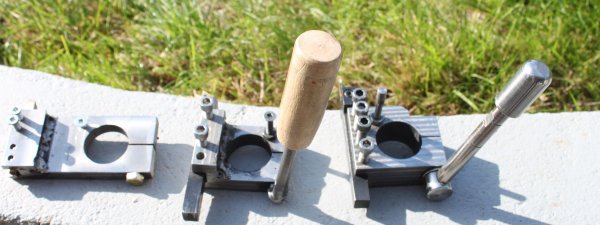- Joined
- Oct 11, 2016
- Messages
- 3,852
I hope you do well with the sharpening!
--Plunge milling works even better in steel as it minimizes the pressure on the cutting faces. Give it a try, It is really a great way to go!
Another way I just thought of: If you take very shallow cuts, you preserve most of the helix, and can conventionally mill the entire slot. something like .010 depth. (just spit ballin')
all the best!
--Plunge milling works even better in steel as it minimizes the pressure on the cutting faces. Give it a try, It is really a great way to go!
Another way I just thought of: If you take very shallow cuts, you preserve most of the helix, and can conventionally mill the entire slot. something like .010 depth. (just spit ballin')
all the best!


